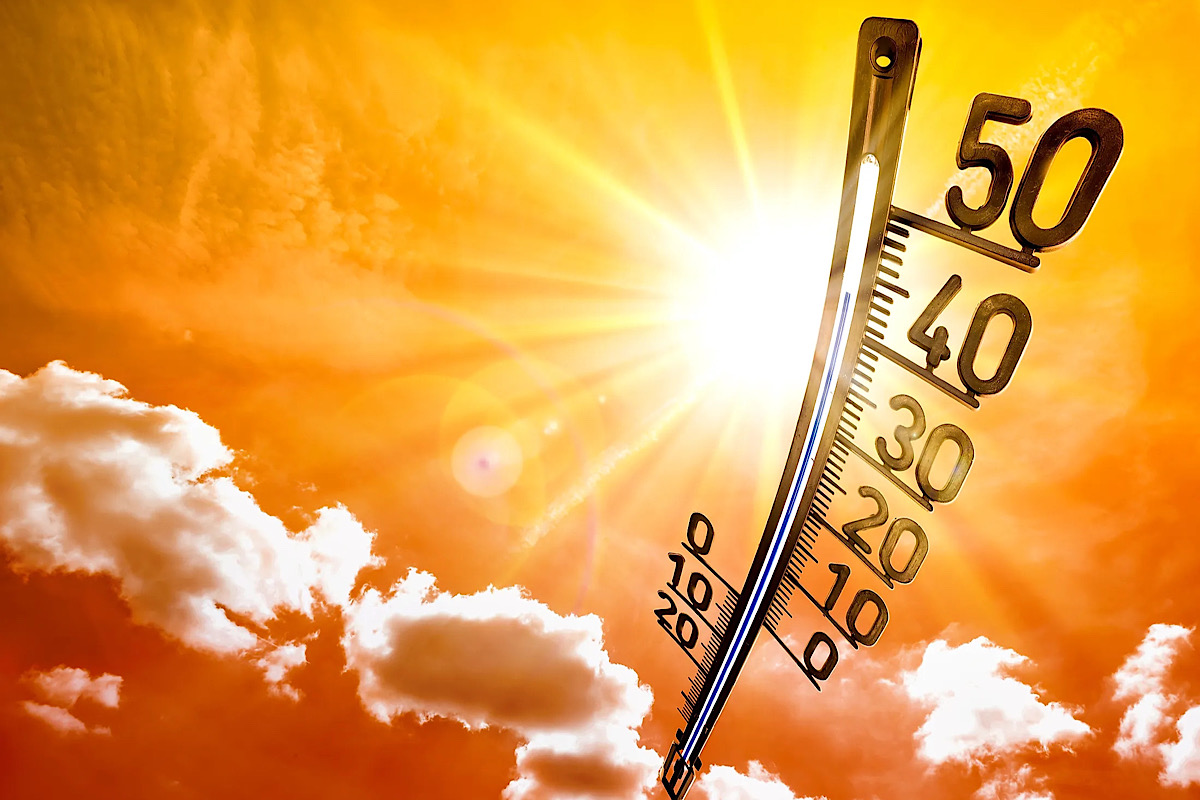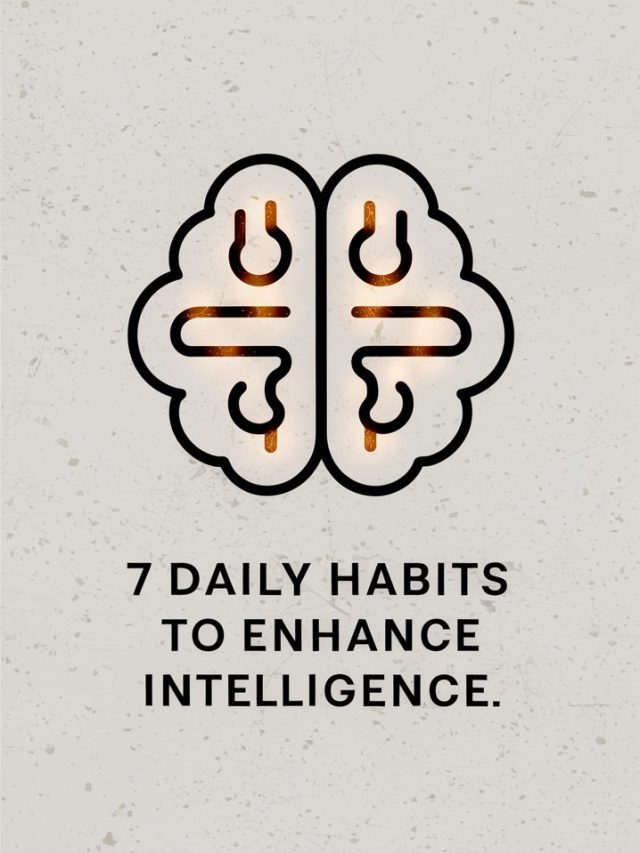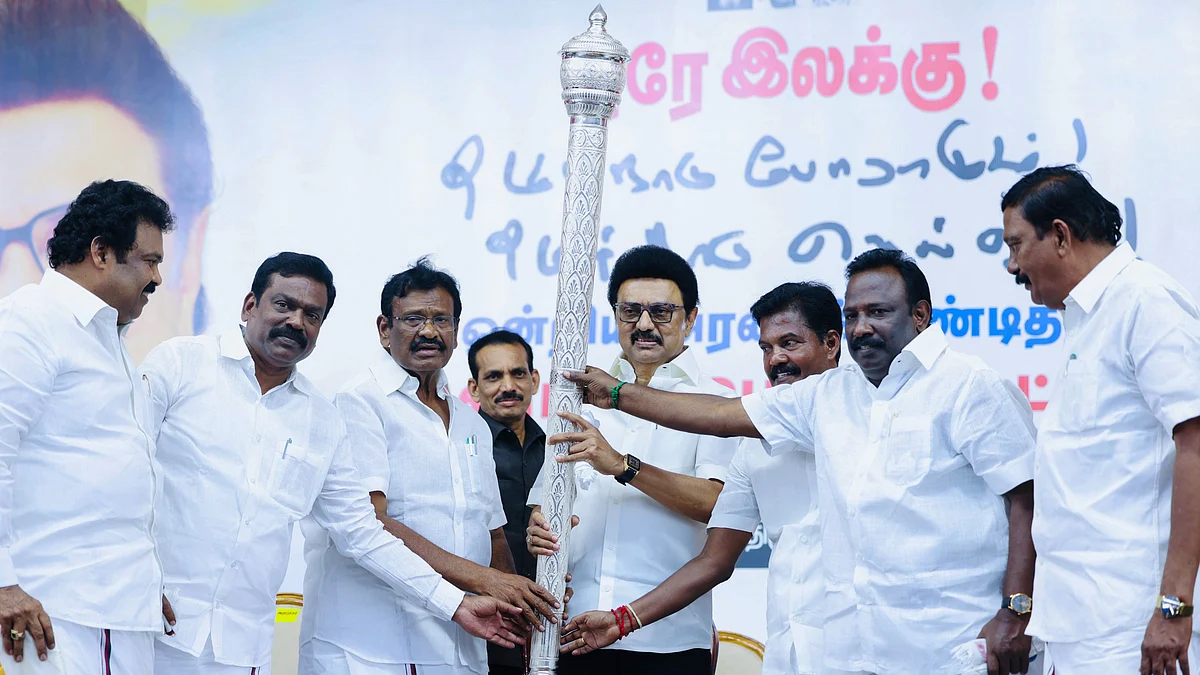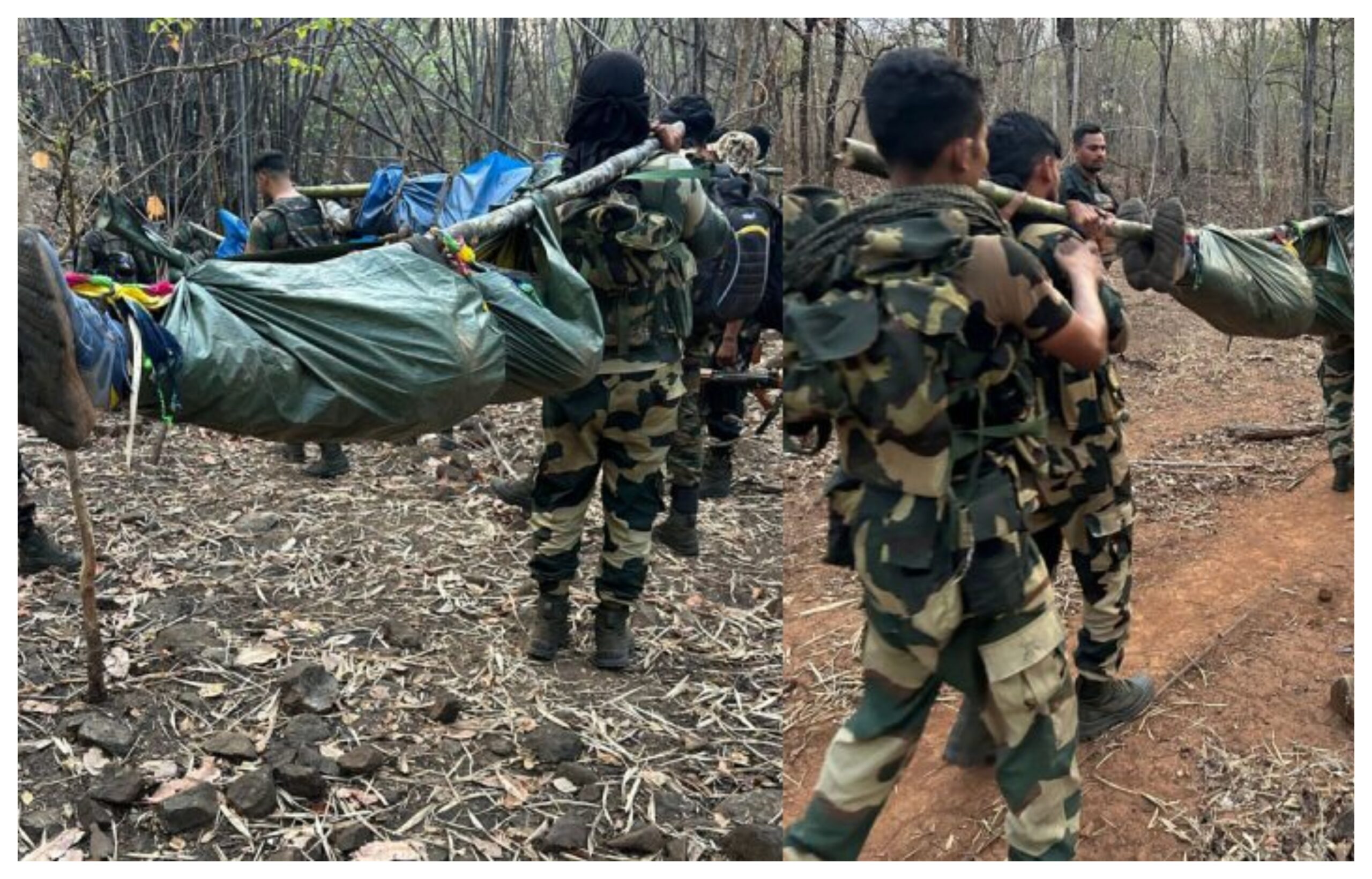Explore the WHO’s latest list of priority pathogens, including over 30 dangerous viruses and bacteria that could trigger the next pandemic. Understand the risks, updates, and preventive measures.
In a significant step toward better global health preparation, the World Health Organization placed more than 30 viruses and bacteria on its priority pathogen list, making them the most likely to trigger a future pandemic. This report emphasizes how urgent it is to address these risks, outlining a strategy to focus funding on the creation of vaccines, therapies, and diagnostics.
The updated list of priority pathogens from the WHO plays a critical role in global health preparedness. The organization’s identification and prioritization of pathogens with significant pandemic potential helps guide research and funding toward the most urgent threats. This proactive strategy aims to prevent future pandemics and minimize their impact if they do occur.
The Growing List of Priority Pathogens

The current update to the WHO’s list highlights a considerable increase in the number of infections. The growing knowledge of bacterial and viral dangers is reflected in this expansion. Multiple dengue, Mpox, and influenza A virus variants are among the recently discovered viruses; each poses unique difficulties and risks for world health.
Influenza A Virus
Influenza A, a common cause of seasonal flu, has been included in the updated list due to its potential for causing severe outbreaks. With its various subtypes, including H5, which has recently triggered an outbreak among cattle in the United States, this virus continues to pose a significant threat. Its ability to mutate and adapt makes it a persistent concern for public health officials.
Dengue Virus
The global occurrence of numerous outbreaks has been caused by the dengue virus, which is transmitted by mosquitoes. Its persistent impact and the need for ongoing vigilance are underscored by its inclusion in the list. The virus’s potential to cause widespread illness remains a significant concern, especially with increasing cases in regions such as Southeast Asia and the Americas.
Mpox Virus
The Mpox virus is still spreading in Central Africa and caused a global pandemic in 2022. In contrast to other infections, mpox has emerged relatively recently, but it has the potential to cause serious health problems. The fact that it is still on the list is a testament to the harm it continues to represent and the continued need for study and public health initiatives.
Nipah Virus in India
The work conducted by WHO in identifying and prioritizing pathogens underpins global health preparedness. This is guided by conditions that the organization considers while evaluating pathogens in order of priority. The criteria used to be used by the WHO include the transmissibility and virulence of the pathogen and the availability of vaccines or treatments. In focusing attention on such priority pathogens, the WHO aims at efficient use of available resources in areas with the greatest needs.
Highlights of the Content
- WHO’s updated list includes over 30 dangerous pathogens.
- Notable additions include the Nipah virus, Mpox, and multiple influenza A subtypes.
- Emphasis on pathogens that could cause severe global health emergencies.
- The role of climate change and urbanization in increasing risks.
- The need for ongoing research and development of vaccines and treatments.
The Role of Prototype Pathogens
A list of “prototype pathogens” has also been identified by researchers in addition to the priority pathogens. For scientific study as well as the creation of novel medications and vaccines, these model species are crucial. Scientists can improve public health responses and obtain useful insights into battling many diseases by studying prototype infections. This strategy promotes more targeted research and aids in laying the groundwork for handling upcoming medical tragedies.
Conclusion and Future Perspectives
Read More- https://www.nature.com/articles/d41586-024-02513-3
The WHO’s updated list of priority pathogens serves as a critical tool for global health preparedness. As new threats emerge and environmental conditions change, regularly updating these lists ensures that public health strategies remain effective. In particular, the complexity of handling global health risks is underlined by the presence of a vast array of pathogens, thus underscoring the need for continuous research in this area. That said, a proactive and informed global community would be much better positioned to manage the challenges brought on by potential pandemic threats.



 By
By

















